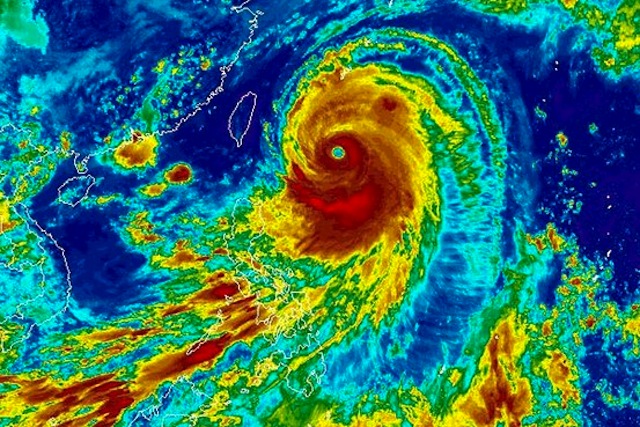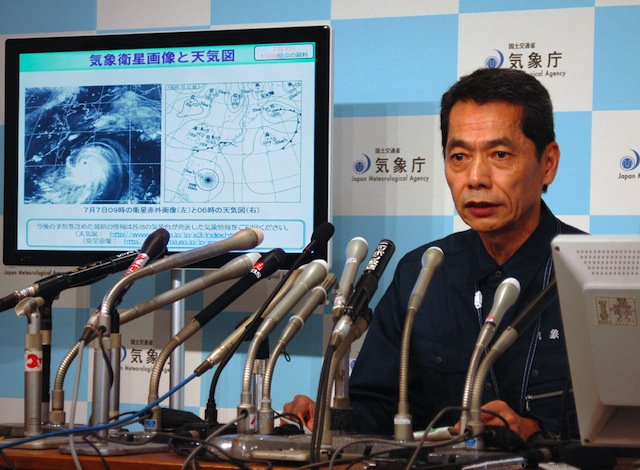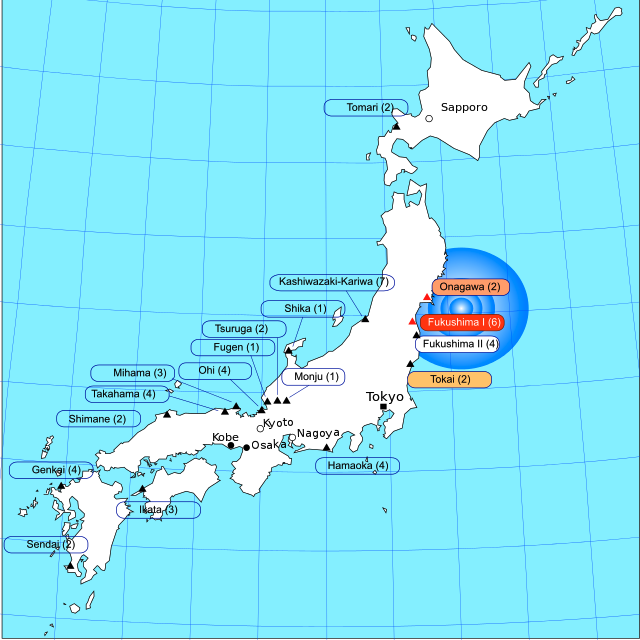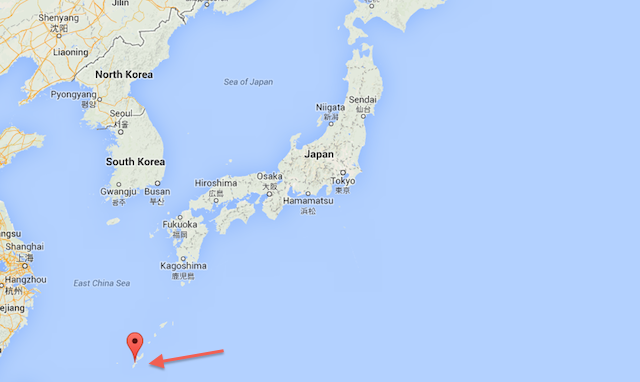Japan is bracing for super typhoon Neoguri, a storm that government officials said is on the “scale only seen every few decades.” Above you can see the picture of the Neoguri from the International Space Station taken by astronaut Reid Wiseman.
The storm is moving at a speed of 16 mph and maintaining wind speeds of between 111 mph and 156 mph.
The storm currently has an eye that’s 40 nautical miles wide.
Here’s what you need to know about this terrifying weather system:
1. It’s Expected to Hit Okinawa on Tuesday Morning
Neoguri is moving north in the Pacific ocean toward the chain of Japanese islands south of the mainland. As of Monday afternoon it was estimated to hit Okinawa and the islands around it late Monday night or early Tuesday morning.
Especially in danger is Kyushu, Japan’s southernmost island, which has already been subject to heavy rains and strong winds.
2. The Islands Are Bracing for Heavy Rain, Winds & Rising Tides

(NOAA)
On Monday, Kyushu has received 6 inches of rain, a preview of the amounts of rain that will be hitting Okinawa later in the week. Accuweather predicts that as Neoguri makes its way over Okinawa and eventually the Japanese mainland, some parts of the country are likely to get 15 inches of rain, and the surf around the coast may surge as much as 20 feet.
Devastating winds are also expected to gust over 200 mph.
3. The Government Has Put the Region on High Alert

Satoshi Ebihara, Japan’s meteorological agency expert, speaks at a press conference about a super typhoon Neoguri. (Getty)
Reuters is reporting that Japan’s weather agency has issued emergency warnings for people living in the country’s chain of southern islands to take “maximum precautions,” including evacuating altogether.
4. The Storm Is Not Expected to Effect Fukushima

(WikiMedia)
The Fukushima nuclear power plant is still leaking radioactive water after it was hit by an earthquake and subsequent tsunami in 2011. The vulnerable power plant is expected to be relatively unaffected by Neoguri, with the region only expected to receive a few inches of rain and manageable winds.
5. A ‘Super Typhoon’ Has Winds of Over 149 mph

Typhoon Haiyan hitting the city of Legaspi in November 2013. (Getty)
To be classified as a super typhoon, a storm must reach wind speeds of 150 mph or 130 kph.

